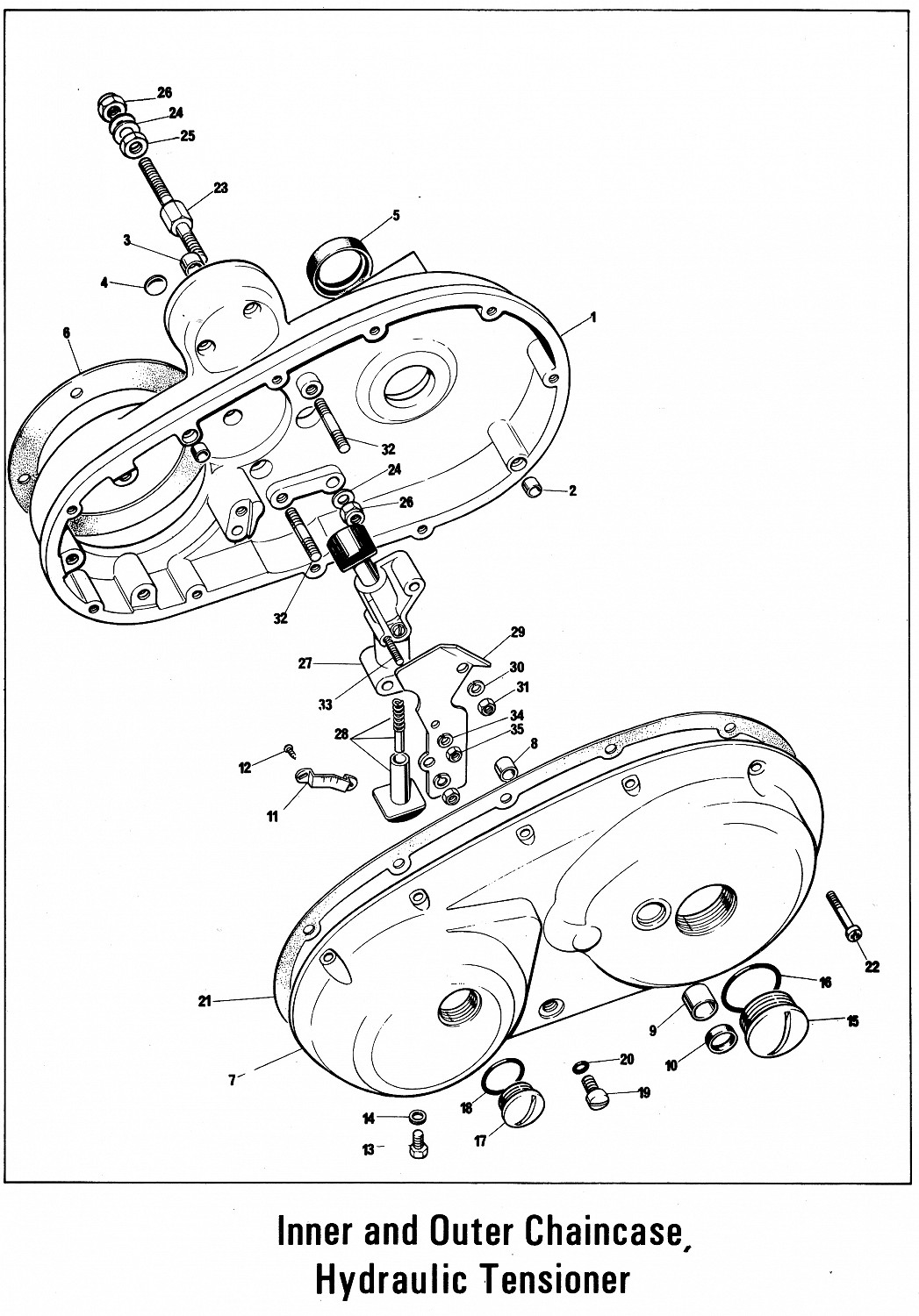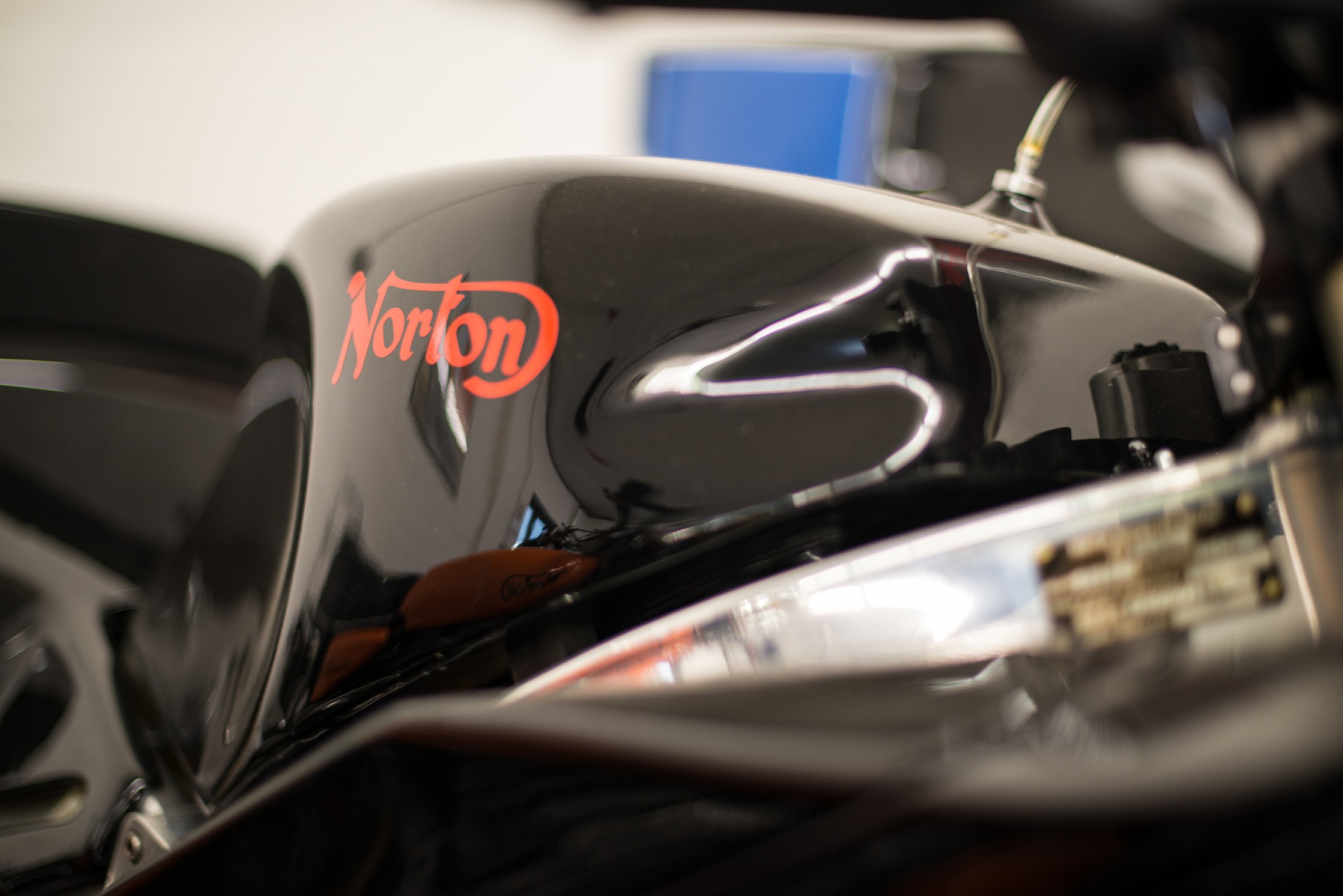Thanks for all the responses! I did see the allowable tolerances in the Mk3 workshop manual and read the other threads on the topic. I'm trying not to over think this but I'm still not clear as to why there would be no measurable movement at all unless it's not apparent with the timing chest assembled.
You have a running engine - if your crank turns freely, quit thinking about it! The cases grow when they warm up. IMHO 0.000"-0.024" is fine (as long as the crank turns freely).
If you really want to know:
1) Disassemble the timing chest and recheck, If still no play:
2) Split the cases and:
a) See if the bearings are properly seated
b) Remove the bearings to see if there are shims on the crank or in the cases
c) Check that the crank center bolts are not loose.
Still, as I said many posts ago, I don't shim Norton cranks.
I've only ever found one greater than 0.024" and there was evidence of machine work on the flywheel where the cheeks attach - no clue why so I didn't use it.
I found one with about -0.004" and that one had shims on both sides of the crank itself. It was a basket case and probably why it was sold rather than built.
I found one with the center bolts appeared tight, locktited, and peened, but the cheeks not flat on the flywheel - no end float and you could see the flywheel wobble as you turned it - imagine how quicky it would have destroyed itself if started - another basket case.


